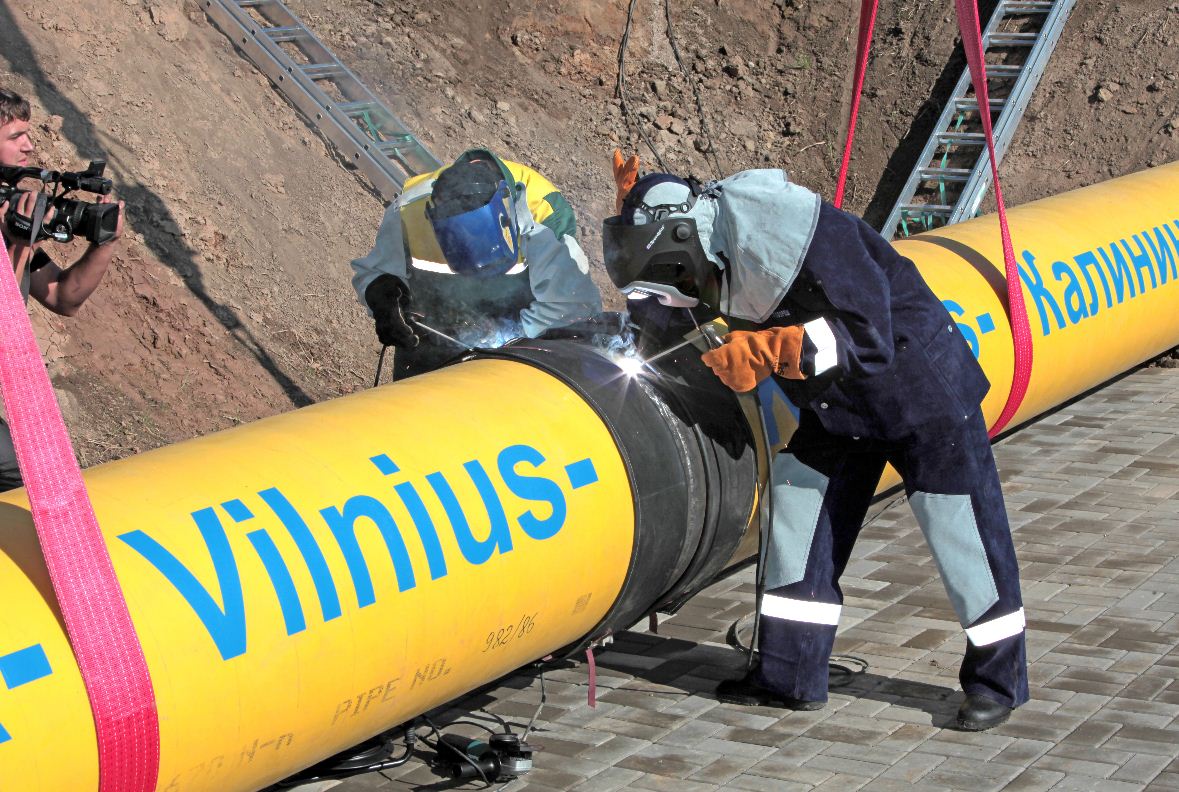At the bottom of a crisp sheet of paper, among a pool of African environmentalists’ signatures, the signature of the respected Desmond Tutu stood out. At the top of this sheet jumped out the name of Prime Minster Stephen Harper. This was no ordinary piece of paper. It was a letter containing the following words “Canada, you were once considered a leader on global issues like human rights and environmental protection. Today, you’re home to polluting tar sands oil, speeding the dangerous effects of climate change.”
The environmental issues that have defined Harper’s leadership have met with strongly voiced disapproval. They include slashes to the environmental budgets including a 6% cut to Environment Canada’s budget in 2012, and zero repercussions for the Alberta oil sands, and the Keystone Pipeline System, aimed at transporting oil extracted from the oil sands, south to the United States.
The objections to the development of Keystone pipelines are numerous. President Obama rejected the initial plans because of the risk of oil spills on Nebraska’s Sand Hills. Green Peace object to the project as it would cause the industrialization of a vast area of indigenous territories in northern Alberta, affecting the health of residents. Finally, it is said to be the cause of the second fastest rate of deforestation, a colossal emitter of greenhouse gases such as CO2 and therefore a large contributor in North America to global warming and climate change. Though a fair amount of these objections may be more rhetorical than factual, it still provides an appropriate juncture for Canada to begin to regain her reputation as a leader in combating climate change. The method may be through REDD carbon credits.
[captionpix align=”left” theme=”elegant” width=”320″ imgsrc=” http://natoassociation.ca/wp-content/uploads/2013/08/carbon-credit-tar_sands.jpg” captiontext=”The oil tar sands in Alberta”]
The greenhouse effect, simply put, occurs when radiation from the Sun penetrates and warms the Earth’s atmosphere. Once in, not enough can leave, as it is trapped in by greenhouse gases such as carbon dioxide, which are produced by factory emissions. This results in the enhanced greenhouse effect, causing the atmosphere to warm up. This has lead to the melting of the polar ice caps, and the rising of water levels, which endangers many low-lying cities; and also produces more abnormal weather conditions.
Carbon credits under the Kyoto Protocol’s Clean Development Mechanism (CDM), function on a system whereby a country or organization is allowed to produce a certain amount of carbon emissions. They can be allowed to produce more for one of the following reasons: firstly, if they enter joint implementation ventures carrying out reforestation in industrialized countries or economies in transition such as in Eastern Europe. This has proved unpopular as economies in transition are unwilling to conserve areas of forest land as this obstructs their route to development. Secondly, companies can finance environmentally-friendly projects based in developing countries. Finally, they can participate in emissions trading, which allows countries to buy emissions credits from countries that do not need them to meet their emissions quotas. This system has also been implemented on a national level where factories with newer technologies that are less polluting are given more carbon credits from the government which older, more polluting companies can buy from them to stay within their emissions quotas. These two options fall prey to one severe criticism: carbon dioxide still remains in the atmosphere. The difference now is that companies pay to emit it.
[captionpix align=”left” theme=”elegant” width=”320″ imgsrc=”http://natoassociation.ca/wp-content/uploads/2013/08/chocolate-image-3.jpg” captiontext=”The REDD project: you might not be able to stop eating the chocolate, but you can go to the gym to stop the weight gain”]
In Zambia, start-up BioCarbon Partners may have the answer to tackling greenhouse gas emissions. It promotes “REDD” carbon credits – “Reducing Emissions from Deforestation and Degradation”. In laymen terms these work on a principle that is taught in Grade 10 Biology. Trees photosynthesise to stay alive, and this process takes in carbon dioxide, the carbon dioxide produced from industries. A good analogy to the REDD project would be if you are a chocolate addict, you might not be able to stop eating the chocolate, but you can go to the gym to stop the weight gain. In the same way REDD carbon credits aim to reduce greenhouse gases by preserving forest cover, to enable trees to absorb carbon dioxide. The Verified Carbon Standard (VCS) accreditation has been introduced to ensure companies deliver the theoretical benefits of REDD carbon credits. BioCarbon Partners in fact goes a step further and offers REDD+ carbon credits, meaning they also carry out the conservation and sustainable management of forests. While the oil sands companies are replanting trees to absorb excess CO2 emissions, investing in REDD carbon credits can ensure they fully offset their emissions. Furthermore, REDD carbon credits may be the appropriate solution for Canada’s present energy situation more generally.
[captionpix align=”left” theme=”elegant” width=”320″ imgsrc=” http://natoassociation.ca/wp-content/uploads/2013/08/carbon-credits-trees.jpg” captiontext=”Forest cover in Zambia responsibly conserved by BioCarbon Partners”]
THE NOW SOLUTION
Whether the current government accepts it or not, with nuclear energy supplying only 7% of Canada’s energy needs, and hydroelectric dams only 30%, over the next 10-20 years, Canada must aggressively look into ways to generate the same amount of energy using new technology and alternate sources of energy. However this takes time. REDD carbon credits take into account a very real fact about Canada’s situation: with the current population size and the increases in technology, it is not possible for Canada to reduce CO2 emissions overnight, let alone keep them constant for the next 10 years. Canada’s energy needs are not decreasing. But what the Canadian government and institutions can do, is commit to protecting an amount of forest cover to counterbalance the CO2 they are emitting, resulting in a “break even” point with the environment. This not only meets the Corporate Social Responsibility criteria of several companies, many of which cite a goal of reducing greenhouse gas emissions, but would help Canada on her way to meeting the goal of a 17% reduction in greenhouse gas emissions from 2005 levels by 2020, as articulated in the Copenhagen Accord. While some may argue REDD carbon credits do not address the “root cause”, they will help significantly in the interim while Canada looks to move to alternate sources of energy.
The oil sands project is considered by some to be the largest industrial project in human history. With this, it is gaining the reputation as the most destructive. From a Public Relations perspective, the Canadian government would do well to invest in REDD carbon credits to remedy her reputation at home and abroad. From an economic perspective, which seems to be the current Government’s focus, sacrificing on environment policies in the short-term will lead to long-term environmental disaster that has the potential to create economic disaster. Canada should be pushing to invest in REDD carbon credits as well as pushing to ensure REDD carbon credits are included in any legally binding agreement that follows Kyoto, as it is an effective, and practical way for Canada to continue her economic progress; combat climate change at the same time; and regain the respect of Desmond Tutu among others.




